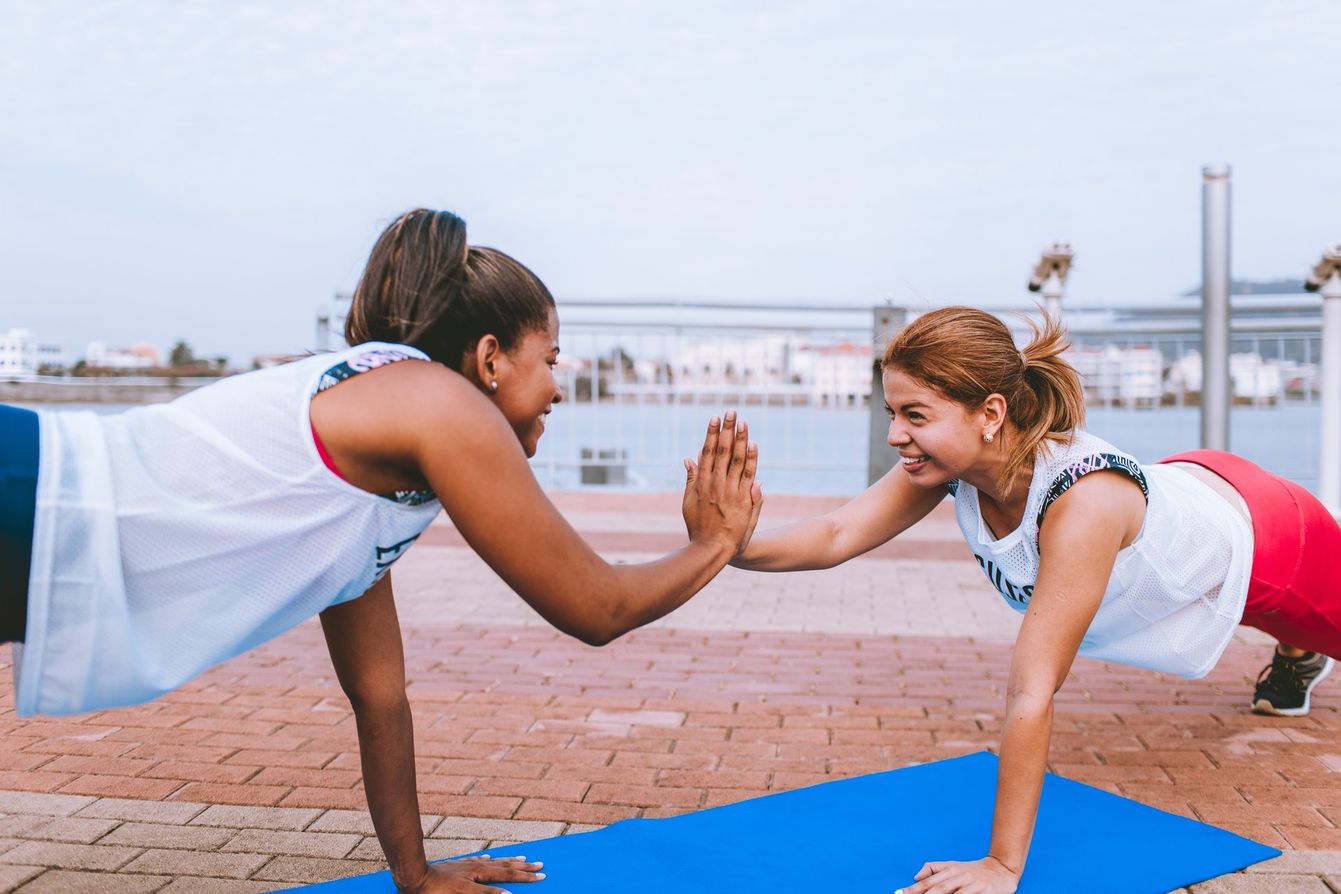According to a Deakin University study, sport participation has a negligible impact on helping adolescents meet physical activity guidelines.
The world-first study, published in the Journal of Science and Medicine in Sport, found those who played sport accumulated just seven minutes more of moderate to vigorous physical activity each day, compared with their peers who did not.
Co-director of the Institute for Physical Activity and Nutrition, Alfred Deakin Professor Jo Salmon, a senior author on the Deakin study, said there needs to be an increased focus on encouraging incidental exercise, on top of other government interventions delivered during school hours.
“Sport is part of the puzzle but it shouldn’t be the main driver in boosting adolescent activity. There’s better evidence for other things like creating active environments, active travel and active classrooms,” she said.
So what can parents do to help teens move more, giving their bodies the benefit and joy of exercise outside of organised sport?
1. Build movement into their lifestyle
As a society, we can be guilty of overemphasising things like weight and obesity rates when it comes to promoting the benefits of exercise. A lot of the time, this just puts a negative focus around movement and can cause further ostracisation among teenagers.
I find focusing on all the fun, different and wonderful ways we can celebrate movement is far more effective. If parents find their teenagers aren’t moving as much as they think they should, try to understand what they love doing and help them build movement into their lifestyle around those interests.
For example:
If they’re artistic and love music . . .
encourage them to take up dance classes or attend local outdoor music events.
If they’re competitive . . .
get the family in on a day of backyard cricket, a scavenger hunt, bike riding or games day (Twister is a fun one!).
If they love shopping . . .
go window shopping with them at the local shopping centre or in the city; make a day out of it and the physical activity is a bonus.
You can also find a range of local activities on the Fitness Australia website.
2. Create a routine
It can be easy for us to sit back and tell others what to do. But it is far more effective to get involved and do it with them. Create routine around movement by including it in everyday activities:
- Encourage them to walk to school with friends rather than driving them in
- Have a family “walk around the block” evening after dinner, rather than sitting down to watch TV
- Pick a day of the week where someone selects a new activity the family enjoys. Activities such as bowling, rock-climbing, trampolining, laser tag are all fun ones!
3. Change your language
Talking too much about exercise in relation to weight and guidelines can create resentment and negativity around exercise for many children and teens. Allow them to explore what they like and encourage what they can do rather than criticise what they can’t or don’t do.
Change your language from “You need to exercise” or “You have to lose weight” to “What makes you feel good?” or “What are some ways we can move around more as a family?”. Our language and tone about habits can dictate the attitude our teenagers develop towards them.
4. Don’t use exercise as a punishment
Avoid using exercise as a punishment tactic or force teens to move in ways they don’t enjoy. Rather, let them explore what they like, regardless of how different or unconventional it might be to you.
5. Make it social
Most teenagers would much rather hang out with their friends than their parents. So encourage regular social activity. Things like going to the beach, the local skate park, local basketball courts and football ovals are all areas teenagers can have a good time with each other while enjoying the benefits of being outdoors.
6. Get out in nature
We can be guilty of not exploring our own beautiful backyard. Get out in nature and discover all the amazing parks, scenic coastlines and rugged terrain Australia has to offer. Print out a map of your city or state and place markers on where you want to visit. See how many markers you can collect on the map. Try horse-riding, hiking, bird watching or even things like paddle-boarding can be fun to learn.
7. Embrace technology that facilitates movement
Young people are living increasingly sedentary lives due to the impact of technology. But it can also be used positively as a tool to facilitate movement. There are loads of apps available, such as Strava, which allows you to track runs or bike rides, share with friends and followers, and even compete against each other. Charity Miles helps those who are socially conscious raise money for worthy causes by donating dollars for every kilometre they accumulate.
8. Have fun
Finally, try not to be so serious when it comes to movement. We were all teenagers once and we know how fun it can be to do the exact opposite of what Mum and Dad wanted us to do. So rather than telling your teen to get more active, do it with them and have a laugh! Movement can be enjoyed in many settings and environments, not just a gym or sporting field.
How helpful was this article?
Click on a star to rate it!
0 / 5. 0
Be the first to rate this post!
Melani De Sousa
Related posts
Subscribe
Receive personalised articles from experts and wellness inspiration weekly!

